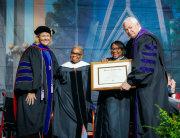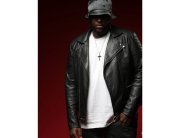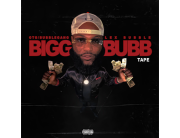In the early 1990s the California Air Resources Board (CARB) began a push for more fuel-efficient, lower-emissions vehicles, with the ultimate goal of a move to zero-emissions vehicles such as electric vehicles. In response, automakers developed electric models. These early cars were eventually withdrawn from the U.S. market, because of a massive campaign by the US automakers to discredit the idea of electric cars.
California electric-auto maker Tesla Motors began development in 2004 of what would become the Tesla Roadster, first delivered to customers in 2008. The Roadster was the first highway-legal all-electric car to use lithium-ion battery cells, and the first production all-electric car to travel more than 320 km (200 miles) per charge.
Better Place, a venture-backed company based in Palo Alto, California, but steered from Israel, developed and sold battery charging and battery swapping services for electric cars. The company was publicly launched on 29 October 2007 and announced deployment of electric vehicle networks in Israel, Denmark and Hawaii in 2008 and 2009. The company planned to deploy the infrastructure on a country-by-country basis. In January 2008, Better Place announced a memorandum of understanding with Renault-Nissan to build the world’s first Electric Recharge Grid Operator (ERGO) model for Israel.
Under the agreement, Better Place would build the electric recharge grid and Renault-Nissan would provide the electric vehicles. Better Place filed for bankruptcy in Israel in May 2013. The company’s financial difficulties were caused by mismanagement, wasteful efforts to establish toeholds and run pilots in too many countries, the high investment required to develop the charging and swapping infrastructure, and a market penetration far lower than originally predicted.
The Mitsubishi i-MiEV, launched in 2009 in Japan, was the first highway-legal series production electric car, and also the first all-electric car to sell more than 10,000 units. Several months later, the Nissan Leaf, launched in 2010, surpassed the i MiEV as the best selling all-electric car at that time. Starting in 2008, a renaissance in electric vehicle manufacturing occurred due to advances in batteries, and the desire to reduce greenhouse-gas emissions and to improve urban air quality.
During the 2010s, the electric vehicle industry in China expanded rapidly with government support. Several automakers marked up the prices of their electric vehicles in anticipation of the subsidy adjustments, including Tesla, Volkswagen and Guangzhou-based GAC Group, which counts Fiat, Honda, Isuzu, Mitsubishi, and Toyota as foreign partners.In July 2019 US-based Motor Trend magazine awarded the fully-electric Tesla Model S the title “ultimate car of the year”.In March 2020 the Tesla Model 3 passed the Nissan Leaf to become the world’s all-time best-selling electric car, with more than 500,000 units delivered; it reached the milestone of 1 million global sales in June 2021.
In the third quarter of 2021, the Alliance for Automotive Innovation reported that sales of electric vehicles had reached six percent of all US light-duty automotive sales, the highest volume of EV sales ever recorded at 187,000 vehicles.
Photo Credit: Drive Nation







Add Comment